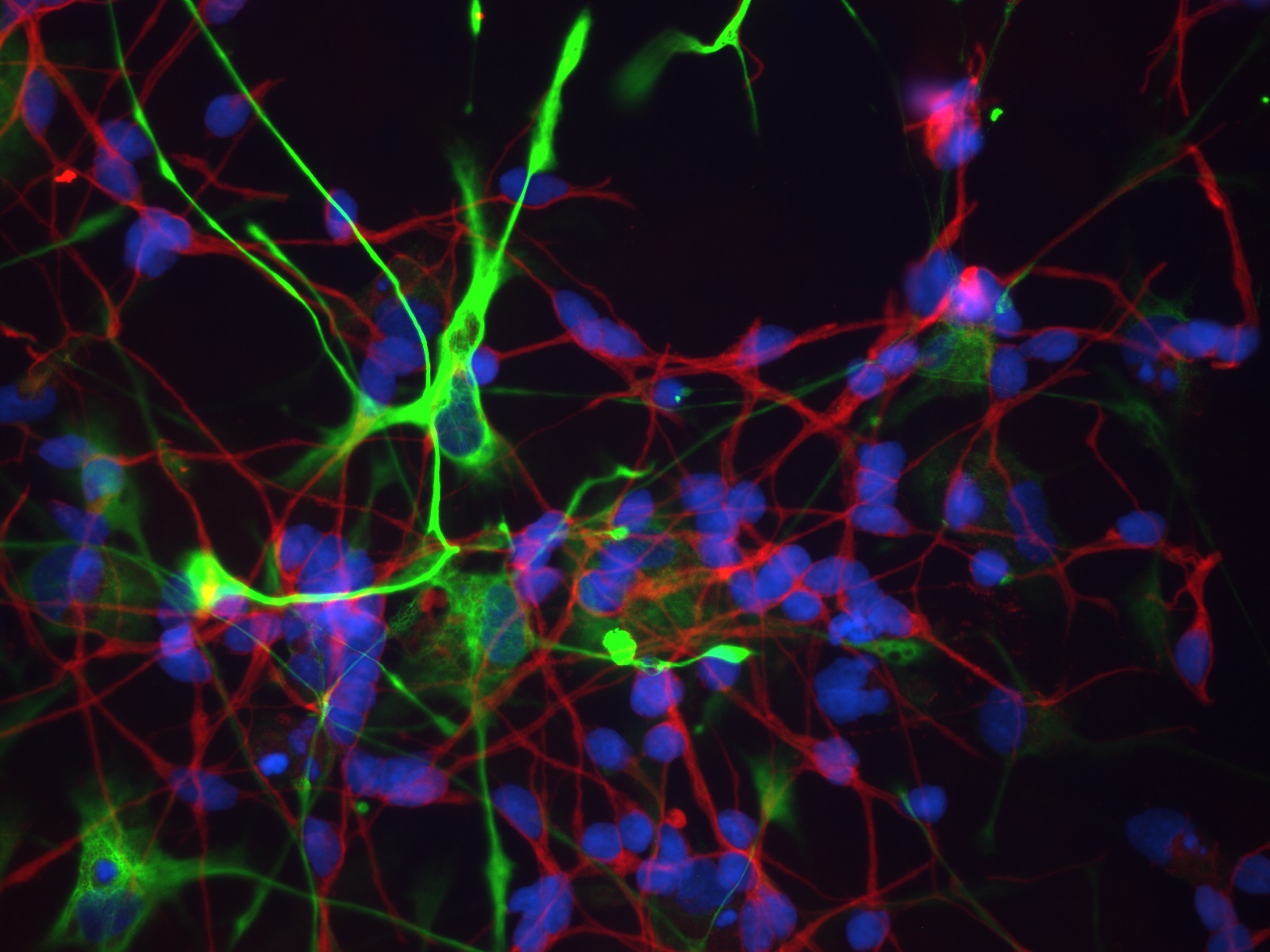Premature infants, born before 32 weeks of gestation, are extremely vulnerable to bleeds into the brain’s ventricular system, where cerebrospinal fluid is produced. The resultant brain injury can have lifelong medical and developmental consequences. Dr Robert Spaull has used the Elizabeth Blackwell Institute Clinical Primer scheme to start investigating whether these infants’ cerebrospinal fluid (CSF) can yield any future treatment options.
When very premature infants experience intraventricular bleeding, they are also susceptible to damage to the lining of the ventricles, and the layer just below, called the sub-ependymal germinal matrix. This is home to neuronal progenitor cells (NPCs) which play a critical role in how the brain develops. Damage to these regions can therefore have long term consequences.
Forty percent of infants with this condition go on to develop posthæmmorhagic hydrocephalus (a build up of fluid in the brain) which is treated with a shunt to drain off the excess CSF. Dr Spaull is attempting to identify, isolate and culture neural progenitor cells from within this CSF, and has established a CSF bank which will assist in determining further treatment options for infants with brain injuries.
Moreover, Dr Spaull, working under the auspices of Profs. Axel Heep and James Uney, has developed and validated an antibody panel for fluorescent activated cell sorting (FACS) which can investigate the CSF for growth factors and markers of inflammation. He has also instigated a search for CSF exosomes (cell-derived extracellular vesicles) and used cell culturing techniques to determine that the CSF from infant patients directs cultured NPCs to an astrocytic cell fate.
Dr Spaull also had the opportunity to directly supervise a BSc student isolating and characterising CSF exosomes during his participation in the programme: “Bryony McPherson and I demonstrated that CNS-derived exosomes are present in the patient samples using a variety of investigative techniques; transmission electron microscopy, nanoparticle tracking analysis and qPCR for micro RNAs. Bryony received a high First for this work”.
What of the future for this project? Work is still ongoing to identify and culture NPCs using modified cell-culture techniques, and Dr Spaull has worked to secure funding for future research: “We have been awarded funding to continue the project with a research technician for two years. The funding totals approximately £60,000 over two years awarded by the Castang Foundation following a joint assessment with SPARKS, which is currently ongoing.”
Dr Spaull credits the Clinical Primer scheme with enhancing and consolidating his interest in primary research, and allowing him to develop substantial acumen in laboratory techniques as well as experience in ethical approval procedures, grant application writing and other generic research skills, and he is keen to continue his career in research. Two papers are currently in preparation as a direct result of this work.
